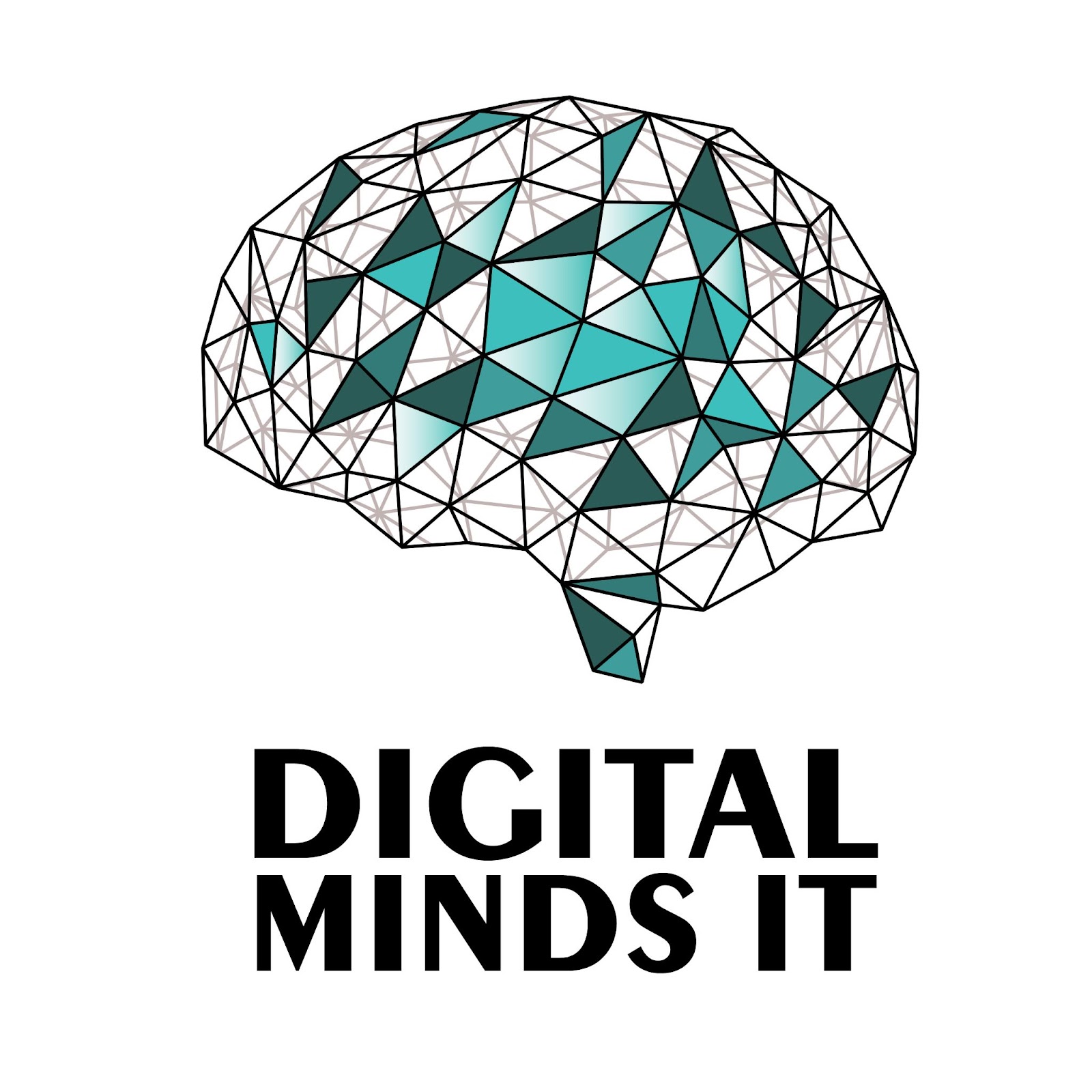Cranial technologies are analogous to the specialized equipment and procedures that medical professionals use in order to aid in the diagnosis and treatment of head-related disorders, particularly in infants. Over time, these tools have gotten much better, making a huge difference in many kids' lives. Let's go a bit further into the area of cranial technology and see how these advancements have altered the way we care for our young children.
For more information and support, please click here: Cranial Technologies
The Importance of Having Knowledge Regarding Cranial Care
Not only is the human skull, which houses the brain, a vital structure for the body's protection against physical injury, but it also adds to a person's overall appearance and feeling of self-worth. This is because the brain is housed inside the human skull. A child's skull is malleable and has the potential to develop anomalies as a consequence of a variety of diverse experiences. This possibility exists because of the skull's pliability. Cranial technologies seek to detect and correct these abnormalities, so insuring not only a person's physical but also their mental health and well-being.
Common Cranial Conditions in Infants
There are a number of disorders that, when present, have the potential to alter the structure and health of an infant's skull:
Plagiocephaly: Often known as "flat head syndrome," this condition arises when a baby's head becomes flattened on one side due to prolonged pressure.
Brachycephaly: is a disorder that may be recognized by a flattening on the back of the skull. Because of this flattening, it seems that the head is far larger than it really is. Brachycephaly can be inherited. Those who are affected by the condition will clearly display this impact.
Scaphocephaly: A long and narrow head shape results from this condition, often due to extended periods in the same position.
Cranial Orthosis: A Glimpse into Cranial Remolding Helmets
One of the pioneering innovations in cranial technologies is the cranial remolding helmet. These helmets are custom-made for infants to gently guide the growth of the skull into a more typical shape.
How Cranial Helmets Work
Custom Fit: After a thorough assessment of the infant's head shape, a unique helmet is crafted to fit snugly yet comfortably.
Guided Growth: By exerting mild pressure on the protruding areas and leaving room for growth in the flatter areas, the helmet encourages the skull to grow into a more regular shape.
Duration and Monitoring: Typically, an infant wears the helmet for a few months, during which regular check-ups ensure the desired reshaping is achieved.
Modern Advancements in Cranial Technologies
Beyond cranial helmets, there are several state-of-the-art developments that have fortified cranial care:
3D Imaging and Printing: Enhanced imaging techniques allow for more accurate diagnosis and assessment of cranial conditions. Furthermore, 3D printing enables the creation of perfectly tailored helmets for infants.
Non-Invasive Monitoring: Innovative sensors and wearable devices can now monitor cranial pressure and other vital parameters without causing any discomfort to the baby.
Telehealth Consultations: With the rise of telemedicine, parents can now consult cranial specialists remotely, ensuring timely intervention and guidance.
Holistic Approach to Cranial Care
It takes more than simply technology measures to make certain that newborns have the greatest possible cerebral health. The holistic well-being of the child involves understanding the root causes, early interventions, and the integration of both medical and behavioral practices.
Preventive Measures and Parental Education
It's essential to understand that prevention can be as crucial as treatment. It is possible to prevent the development of many cranial abnormalities by educating new parents on the need of altering an infant's posture, offering tummy time, and avoiding lengthy amounts of time spent in car seats or rockers.
Collaborative Treatment Plans
The success of cranial technologies often hinges on a multi-disciplinary approach. Pediatricians, neurologists, physiotherapists, and orthotic specialists collaborate to create comprehensive treatment plans tailored to each child's unique needs.
Physiotherapy: For infants with torticollis (a tight or shortened muscle on one side of the neck), physiotherapy can be a beneficial adjunct to helmet therapy. Regular exercises and stretches can help improve neck muscle function, ensuring more even head positioning and complementing the helmet's reshaping work.
Nutritional Guidance: Nutrition plays a pivotal role in bone health. Ensuring the infant receives the right balance of vitamins and minerals can support the skull's healthy growth and development. Dieticians can provide guidance tailored to individual needs, factoring in any allergies or dietary restrictions.
Support both emotionally and psychologically
It is not enough to just modify the skull when treating cranial anomalies; attention must also be given to safeguard the mental health of the afflicted youngster as well as that of his or her parents.
Support Groups: Participation in support groups may give parents with a platform in which they may speak about their experiences, get guidance and emotional support from those who have been through similar challenges, and seek emotional support from others who have been through similar struggles.
Counseling Services: Some parents might struggle with guilt, worry, or anxiety related to their child's condition. Professional counseling can provide coping strategies and emotional relief.
The Broader Impact of Cranial Technologies
Recent developments in cranial technology have ramifications that extend beyond the results of individual treatments. They are reshaping societal perceptions, creating more inclusive environments, and fostering a world where every child, irrespective of their cranial condition, is celebrated for their uniqueness.
Future Trajectories in Cranial Research
With the continuous evolution of medical science and tech innovations, the future holds immense promise. The next frontier in cranial technologies could see:
Diagnostics Powered by AI: Using artificial intelligence to identify even the most minute abnormalities in skull form and development patterns in their early phases.
Bio-Integrated Helmets: Helmets that not only reshape but also monitor and provide real-time feedback on various cranial parameters, ensuring the most optimized treatment course.
Genetic Research: Investigating the genetic factors that influence cranial development in order to get a better understanding of predispositions and maybe open the path for even earlier treatments constitutes genetic research.
In a single word, cranial technologies are the fruit that emerges as a result of the coming together of compassion, inventiveness, and unwavering dedication. They provide a future in which every child will have the opportunity to develop, both emotionally and physically, and they will continue to advance in this direction. This is the kind of future that they offer.
As a direct consequence of the growing convergence of medical research and technology, cranial technologies are predicted to become extremely sophisticated in the not-too-distant future while simultaneously becoming more accessible. This is a direct outcome of the ongoing process of "cranial computing." The fundamental driving reason for the expansion of this industry is a dedication to fostering better health and well-being for infants and young children. Cranial technologies are an important component of the process of generating better and more healthier futures because of the role they play in ensuring that every kid has the opportunity to get off to a decent start in life. This is why cranial technologies are an essential component of the process. Because of this, they are an important component in the process of building better and more healthy futures.






0 Comments